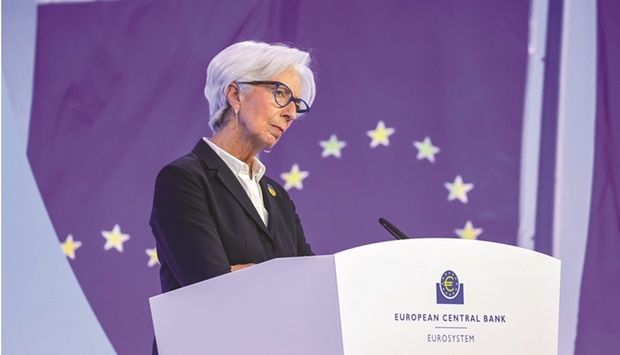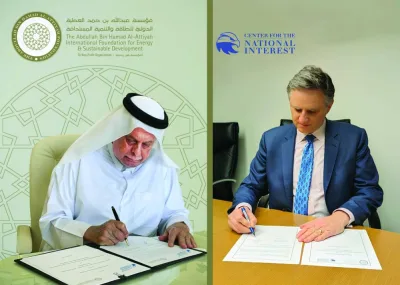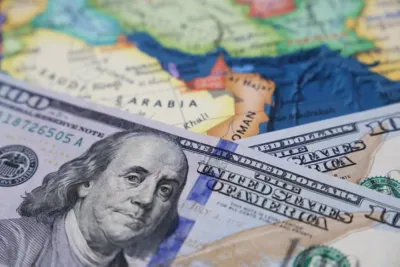The European Central Bank (ECB) is likely to start raising interest rates in July and exit sub-zero territory by the end of September, President Christine Lagarde said.
“I expect net purchases under the APP to end very early in the third quarter,” she said in a blog post on Monday. “This would allow us a rate lift-off at our meeting in July, in line with our forward guidance.
Based on the current outlook, we are likely to be in a position to exit negative interest rates by the end of the third quarter.”
With inflation running at almost four times the ECB’s 2% target, momentum in the central bank’s Governing Council has been building to raise the deposit rate from its current level of -0.5% in July. Lagarde’s comment suggests two increases of 25 basis points each at the July and September policy meetings.
While Dutch central bank chief Klaas Knot last week mentioned the possibility of a half-point rate hike if required, Lagarde has repeatedly said that policy normalisation will be gradual, and reiterated that sentiment again yesterday.
“This means that it is sensible to move step by step, observing the effects on the economy and the inflation outlook as rates rise,” she said.
The euro advanced against the dollar after her comments, rising as much as 1% to 1.0674, the highest level in almost a month. 10-year German bonds erased earlier gains, with yields rising 4 basis points to 0.98%.
“Lagarde has taken the unusual step of essentially announcing in advance an interest rate increase in July and a second in September.
This removes most of the doubt surrounding the ECB’s next moves and makes a 50 basis point hike in July unlikely,” says David Powell, senior euro-area economist at Bloomberg.
Russia’s invasion of Ukraine has sent commodity prices higher while increasing uncertainty about the outlook and denting confidence among businesses and households. That’s created a difficult situation for policy makers as any measures to contain inflation also threaten to slow activity further.
Raising the deposit rate by 50 basis points through September would still put the central bank behind peers like the Federal Reserve and the Bank of England, who’ve increased borrowing costs this year to quell surging inflation.
That’s also helped weaken the euro in recent months, compounding the challenge for ECB officials because that makes imports - a key source of current inflation - more expensive.
Lagarde, who said she wanted to “clarify the path of policy normalisation that lies ahead of us” with her blog post, noted the ECB needs to keep its options open because of uncertainty about future price growth.
“Optionality is important to allow us to re-optimise the policy path as we go, especially as key variables underpinning that path will only become clearer with time,” Lagarde said. That could also mean withdrawing monetary stimulus “promptly to stamp out the risk of a self-fulfilling spiral.”
The prospect of the first rate hike in more than a decade has increased concern about a potential bond-market fragmentation among the 19 members of the currency bloc, as governments increased their debt loads to help the economy deal with the Covid-19 pandemic.
ECB president reiterated that the ECB would also be able to “design and deploy new instruments” to make sure that monetary policy is properly transmitted through the euro area.

Christine Lagarde, ECB president.


